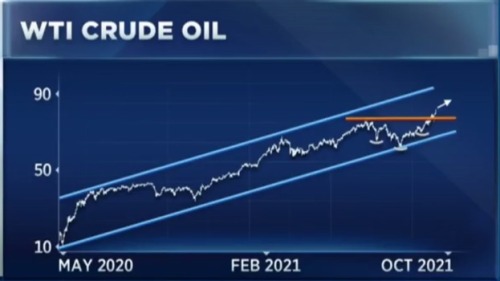
Worries about holiday travel?
Unions are particularly concerned with how the airlines will handle the surge in passengers during the Thanksgiving and December holiday periods.“ We want that flying to get done, but we don’t want tickets sold that can’t be fulfilled,” he said. “Are they biting off more they can they chew?” And it’s not just the pilots unions complaining that members are at a breaking point due to short staffs and uncertain schedules.
Unions for flight attendants, mechanics and other employees are also upset about working conditions. Flight attendants joined pilots in complaining about the lack of hotel rooms. And their unions say they are stretched thin and in some cases quitting their jobs due to the alarming number of incidents involving unruly passengers
Those problems won’t be fixed any time soon, predicted Philip Baggaley, chief credit analyst for airlines at Standard & Poor’s “The airlines are trying to navigate a difficult period. They reduced staffing quite a bit during the pandemic. Now they’re ramping back up while the demand situation is somewhat uncertain,” Baggaley said. “It’s certainly not a problem unique to Southwest. It’s a little bit like the supply chain problems that have been publicized elsewhere. "Pilots at both American Airlines and Southwest were already planning informational picket lines at major airports later this year to highlight their grievances about how their airlines are operating. The picket lines, which do not represent a strike or other job action, are scheduled for each of the next three weeks at American.
The Southwest Airlines Pilots Association filed a suit against the airline in August, arguing that it is violating terms of its labor contract. The union issued a statement Monday blaming this weekend’s problems on management.” What was a minor temporary event for other carriers devastated Southwest Airlines because our operation has become brittle and subject to massive failures under the slightest pressure,“ said Casey Murray, president of SAPA. "Our pilots are tired and frustrated because our operation is running on empty due to a lack of support from the company.” Southwest insists it is doing what it can to support its employees and to accommodate tens of thousands of passengers who were affected by the meltdown. That includes cutting back on its schedule of flights to ensure it has the staff it needs. The airline has “already made significant reductions from our previously published November and December schedules,” Van de Ven said, “and if we think we need to do more, we will.” But Murray told CNN that more hiring and more canceled flights are not the answer.
Southwest Airlines cancellations: What are airline passengers entitled to?
“We don’t want the company canceling flights. We don’t want the company hiring more people to fill in an inefficient scheduling process,” he said. “Until the company corrects some of these issues with how they schedule and reroute pilots and flight attendants, we’re going to continue to see these issues next week and over the holidays. That’s what we want to see avoided.”
Murray denied rumors from over the weekend that the staff shortage was caused by some kind of “sick-out” by Southwest pilots unhappy with operations or the airline’s recently announced mandate that all employees must be vaccinated against Covid. “Our sick rates are right in line to where they were this summer,” Murray said, and the number of pilots signing up for flights is as high as it has ever been, he added.
Contributed by: Chris Isidore, Gregory Wallace and Pete Muntean,









